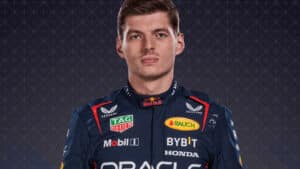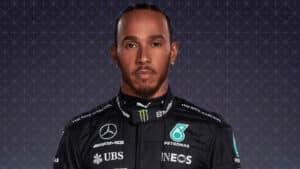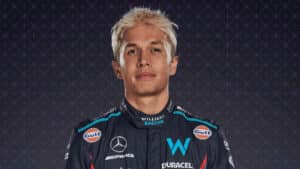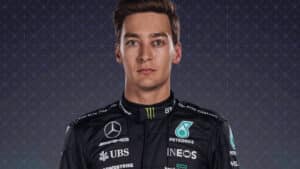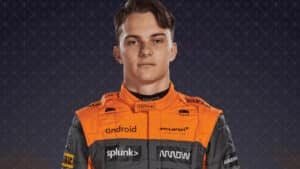F1 in 2023, a record-breaking season
A record-breaking number of races and a record-breaking driver in Max Verstappen. Mark Hughes explains how it all happened in 2023
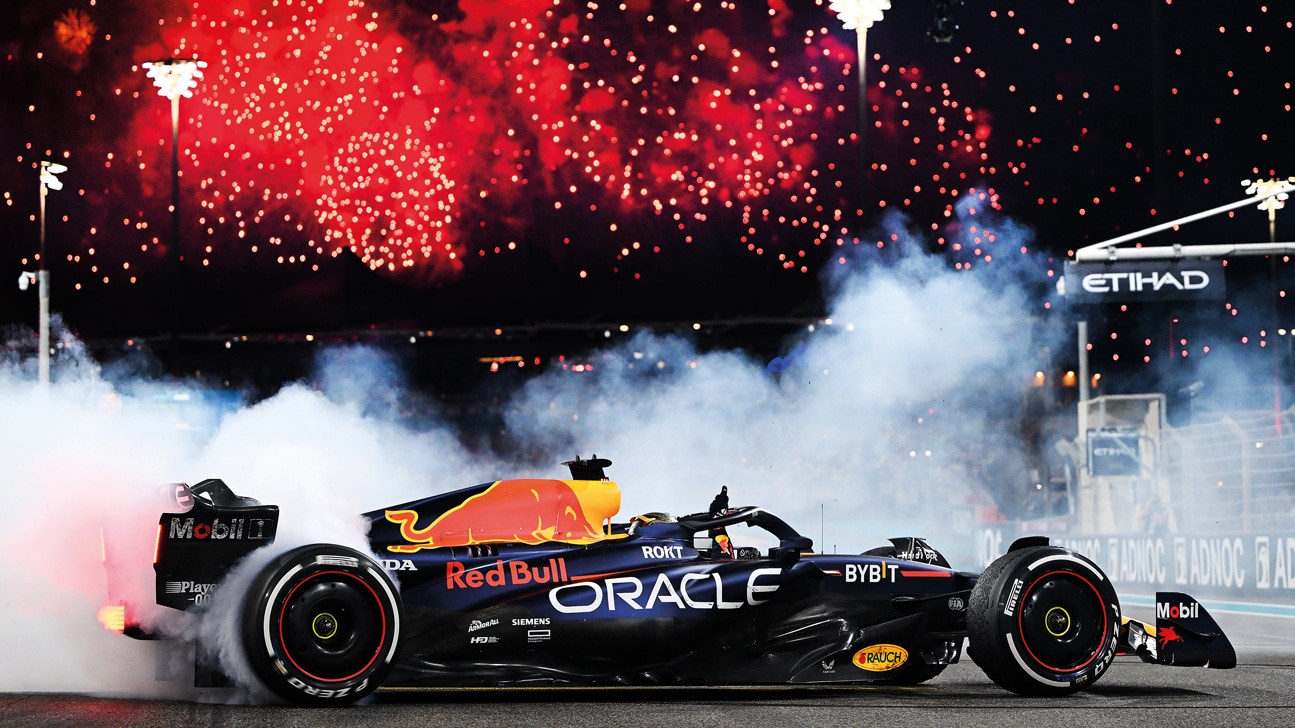
Getty Images
Given that the championship had been wrapped up almost two months earlier, there was little tension around the Abu Dhabi season finale. But there was a second place in the constructors’ championship to be decided between Mercedes and Ferrari. They arrived here separated by four points, with a potential 44 up for grabs. But those 44 points (26 for a win and fastest lap, 18 for second) were very much in the reaches of fantasy for either team, given the seasonal dominance of Red Bull and Max Verstappen. The combined totals of the points scored by Mercedes and Ferrari were less than half those scored by the champion team. Verstappen’s score alone was over 150 points ahead of either of the rival constructors.
“Verstappen took a relatively comfortable pole, his 13th of the season”
This contest was always likely to be decided by the placings behind Verstappen at Abu Dhabi – and so it proved. There’d been a brief shaky moment in the Red Bull camp when in Saturday practice Verstappen was only sixth-fastest and complaining of bouncing, jumping and no grip. It was Verstappen’s first real opportunity at finding this, as one of the two Friday sessions had been devoted to the obligatory running of junior drivers and most of the others had been lost to two long red flag periods. But the hope elsewhere that Red Bull had encountered a Singapore-like set of difficulties proved ill-founded and Verstappen took a relatively comfortable pole, his 13th of the season.
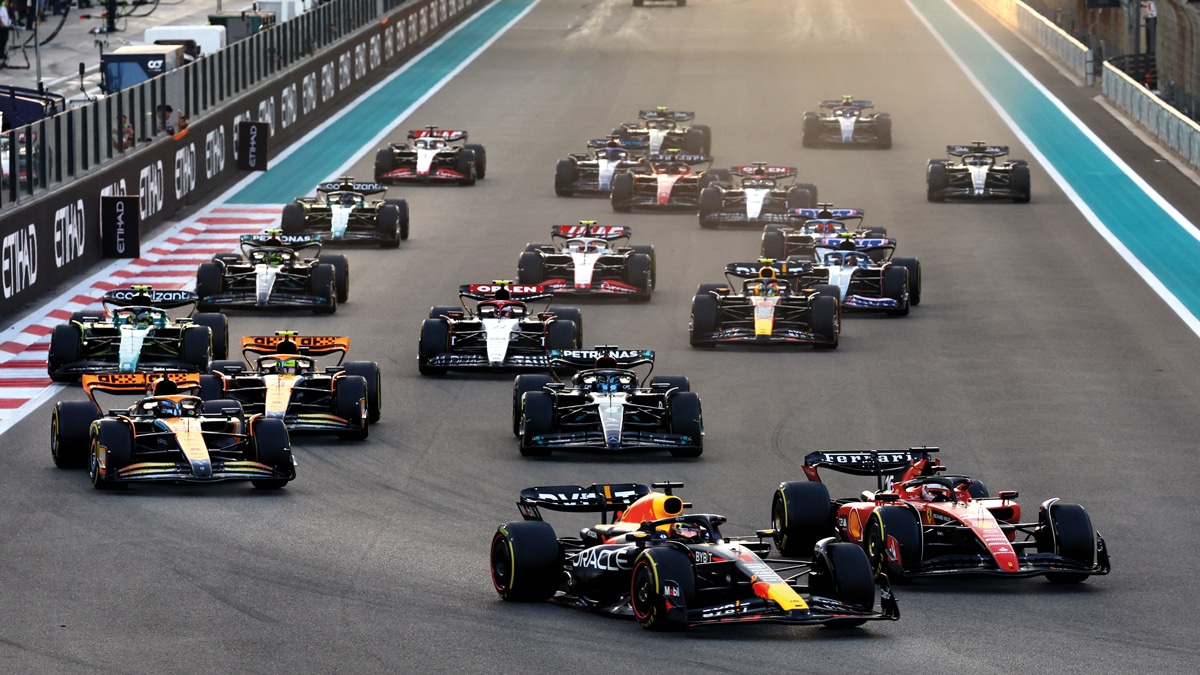
Red Bull’s Max Verstappen came into the Abu Dhabi Grand Prix 276 points ahead of the second-placed driver – team-mate Sergio Pérez
Getty Images / Red Bull Content Pool
“We tried something which ended up disconnecting the car between high and low-speed,” explained Christian Horner of the FP3 problem, “and so just reverted back to a more normal set up for qualifying.”
Lando Norris had been vying for pole until a sideways moment exiting the Turn 13 left-hander after the hotel lost him a chunk of time in the McLaren and left him only fifth on the grid, with Charles Leclerc putting his Ferrari on the front row ahead of George Russell’s Mercedes and Oscar Piastri’s McLaren. Lewis Hamilton had failed to get his Mercedes out of Q2. Carlos Sainz – who crashed heavily on Friday as the Ferrari bottomed out over a bump which was subsequently machine-ground flat – didn’t get out of Q1. So in the constructors’ fight between the two teams, Leclerc and Russell were very much the focus.
The opening lap saw a great dice between Verstappen and Leclerc, but with the Red Bull driver always in control. By the time DRS had been enabled on the third lap, he was already out of the Ferrari’s reach. Russell had dropped places to both McLarens at the start, with Norris soon going by team-mate Piastri to run third. Russell later put a pass on Piastri and a later pitlane delay for Norris promoted Russell further. So with Leclerc and Russell now running a respective second (worth 18 points) and third (worth 15), that alone wasn’t going to be enough for Ferrari to overcome its four-point deficit. Furthermore, Hamilton was running 10th (worth one point) while Sainz was outside the points-paying positions. Leclerc was by the time of the first stops absolutely no threat to Verstappen and so regardless of whether Russell could do anything about Leclerc – and he did briefly get to within around 1.5sec of him after the second stops – Mercedes was looking secure.
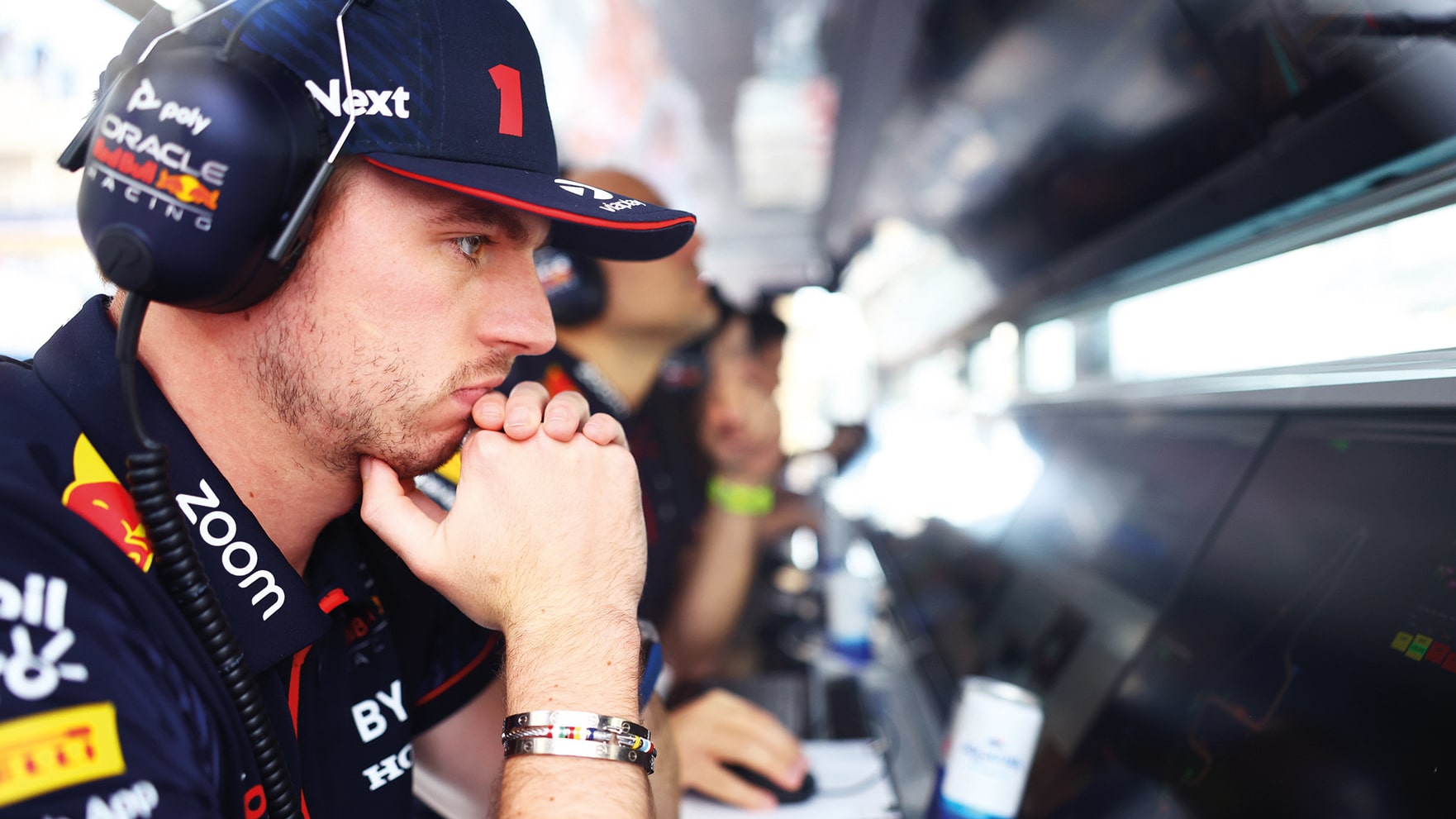
Verstappen – the best driver with the best car – had been world champion for two months when the last race arrived
Getty Images / Red Bull Content Pool
But then came a complication – in the shape of Red Bull’s Sergio Pérez. He’d started ninth and had made steady progress from there, running long to the second stops which got him onto faster tyres than the cars around him in the last stint. This enabled him to begin picking off positions but one of those passes – that on Norris for fourth – had been clumsy and they’d banged wheels, forcing Norris off-track. Although Pérez made the pass stick without contact on the following lap, the stewards awarded him a 5sec penalty for forcing another driver off the track.
Pérez subsequently overtook Russell four laps from the end but all the Mercedes driver had to do to retain the official position was stay within less than 5sec of the Red Bull. Understanding this situation well as he watched his mirrors, Leclerc deliberately allowed Pérez to pass him for second on the road with two laps to go. He was hoping to allow Pérez to pull more than 5sec on Russell but less than 5sec on him. Had he succeeded in this, Leclerc’s official second to Russell’s official fourth would have been enough to secure Ferrari the runner-up position in the constructors’ (so long as Hamilton didn’t improve on his eighth place).
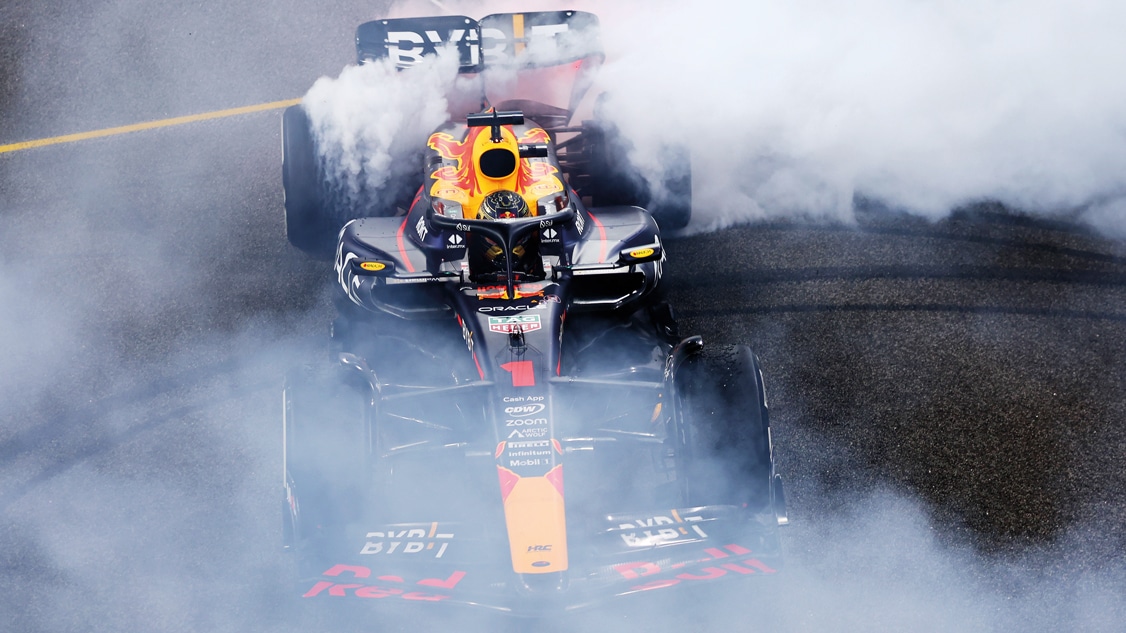
Another smoking performance for Verstappen – Abu Dhabi was his seventh straight win
What actually happened was that Pérez couldn’t quite pull out those 5sec on Russell and after his penalty was an official fourth. So by the margin of 1.1sec on the final lap of the season, Mercedes secured that multi-million dollar placing. Not that it mattered in the end, but Hamilton did briefly get ahead of Yuki Tsunoda’s AlphaTauri on the last lap for seventh, but with brake problems ran wide on the exit and lost the place again.
The fireworks lit up the night sky, the boats in the marina sounded their horns and Verstappen wreathed the Red Bull RB19 in tyre smoke with some celebratory donuts after one of the most dominant campaigns the championship has ever witnessed.
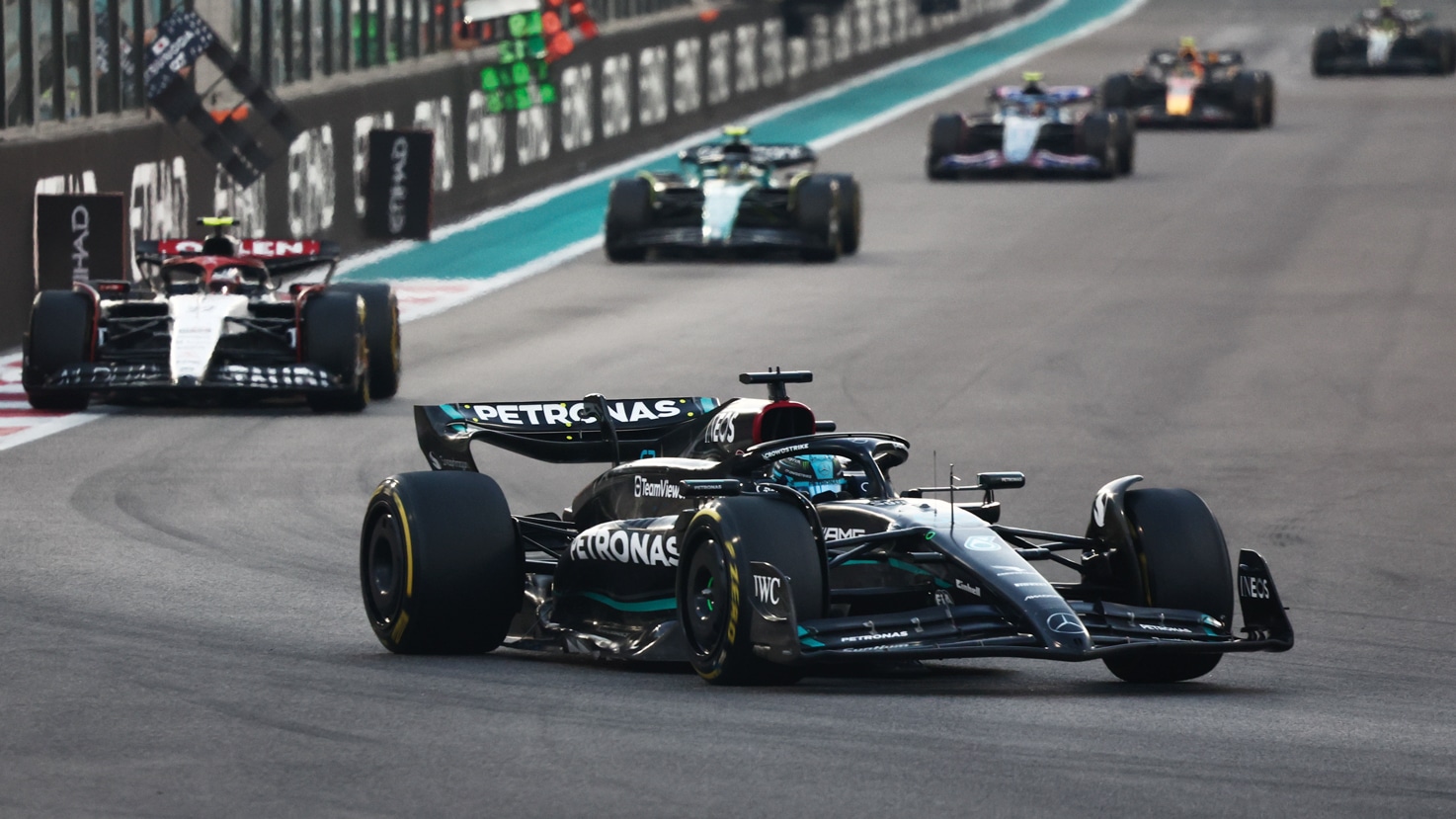
Abu Dhabi was one of George Russell’s better races in 2023
Getty Images
That Abu Dhabi finale summed up the season all on its own: Verstappen’s comfortable victory, the very distant squabbling over the crumbs from his table.
“Only Singapore was missing from the RB19’s list of conquests”
After winning 17 races in 2022, Red Bull had managed to create a car with an even bigger margin of superiority over the opposition into the second year of the ‘ground effect’ regulations. This time it won 21 of the 22 races, with only Singapore missing from its list of conquests. Sergio Pérez finished a very distant runner-up to Verstappen, with two early season victories, to give the team a 1-2 in the drivers’ championship for the first time.
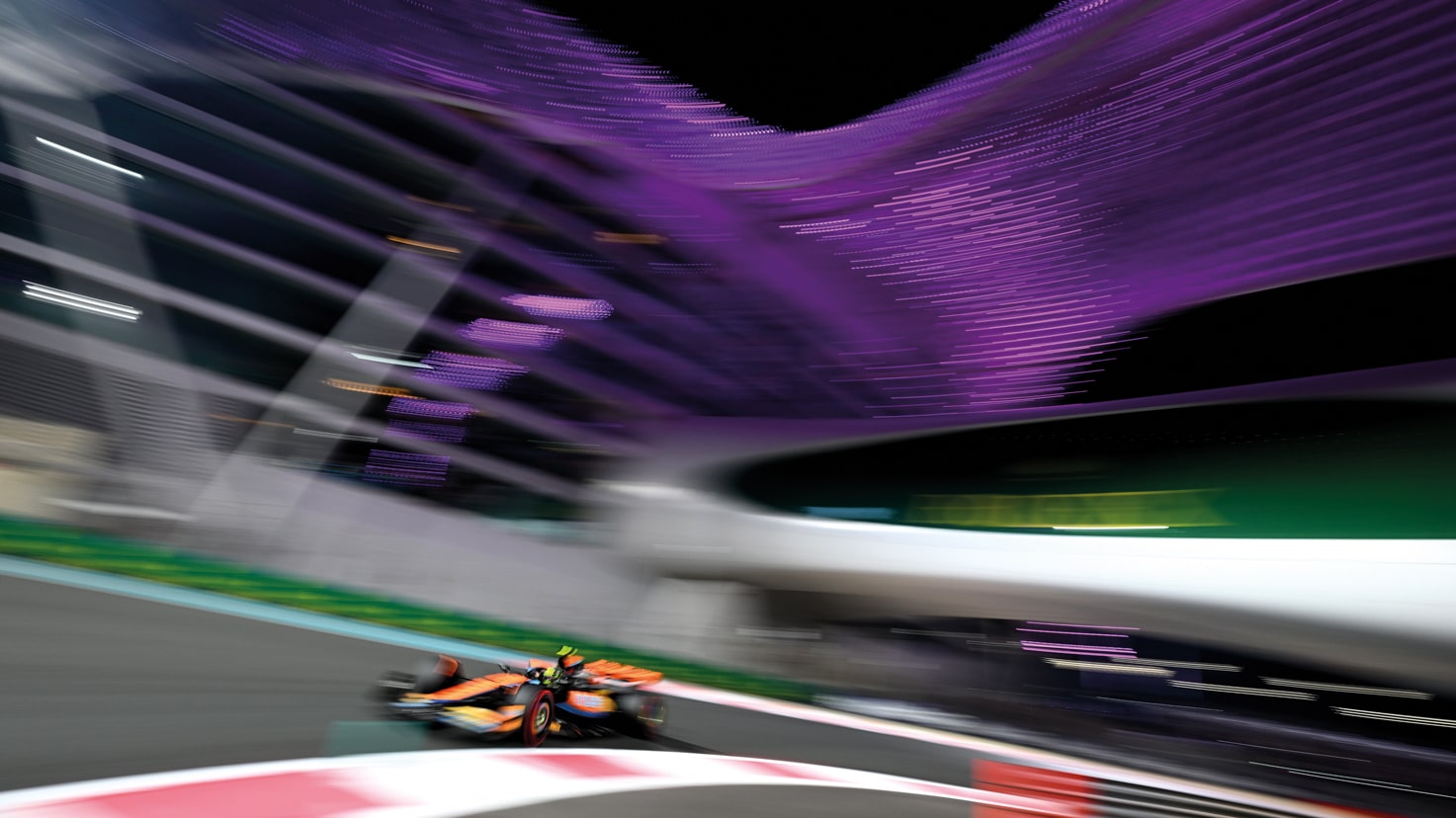
Lando Norris can be satisfied with his season
Getty Images
The general pre-season expectation – even at Red Bull – was that the gap behind them would narrow, not widen, into year two of the regulations, and the RB19 looked at a casual glance much like its predecessor. But that was deceptive. The RB18 had merely set out the fundamentals – of layout and the interconnection between the aerodynamic and suspension platforms – to build upon. The RB19 – still Honda-powered – built upon them and more fully stretched the potential of that foundation.
In addition to that, Mercedes and Ferrari – the teams which in theory should have been closing that gap – had stuck with concepts very different from that of the Red Bull despite disappointing 2022 seasons. Concepts which were ultimately limited in their potential. In combination with the performance Red Bull had found over the winter – in order of 1sec per lap despite the regulation raised rear floor edge which cost an estimated 0.5sec – that’s how that historic level of dominance was born.
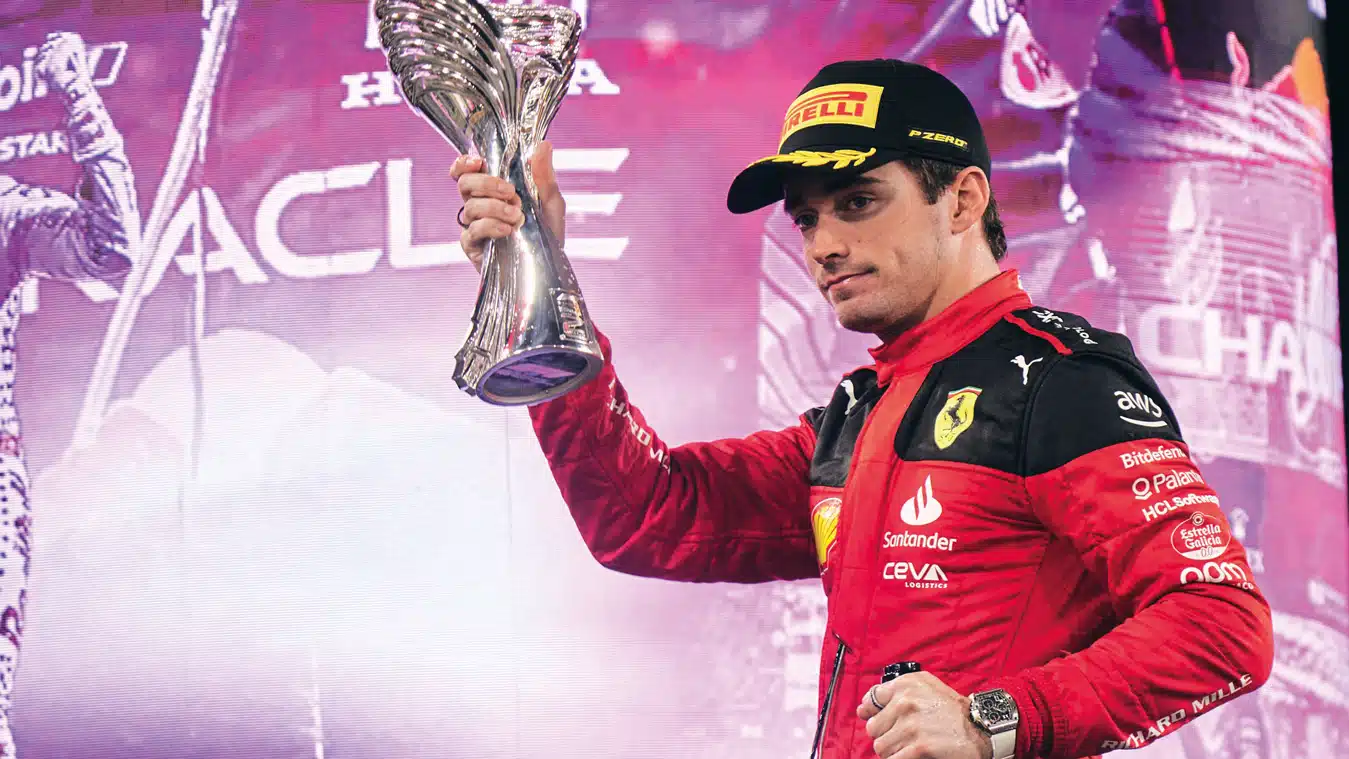
Charles Leclerc – second at the Yas Marina Circuit
Ferrari
The source of those Red Bull gains were rooted in a deeper chassis, an improved DRS effectiveness and continued development of the underfloor/sidepod combination in the wind tunnel. The deeper chassis – facilitated by a more pronounced central V in section – created additional space behind the front wing (working it harder and allowing the car to be balanced around the increased rear grip it was generating) and more volume within the tunnels (which was creating the greater rear grip). The deeper sidepod fronts defined by the new chassis produced a more powerful vortex as the air spilled down the undercut, which in turn further energised the airflow along the floor edges, making the underfloor yet more powerful.
It was the basic rightness of the previous year’s car – its bodywork geometry, the fantastically intricate underfloor design, suspension which combined super-tight platform control with the suppleness needed to combat bouncing at low ride heights – which allowed those upgrades of the RB19 to be so devastatingly effective. Adrian Newey was instrumental in defining that concept and actually designed the suspension of the ’22 car himself. The big potential of the concept was baked in to the RB19.
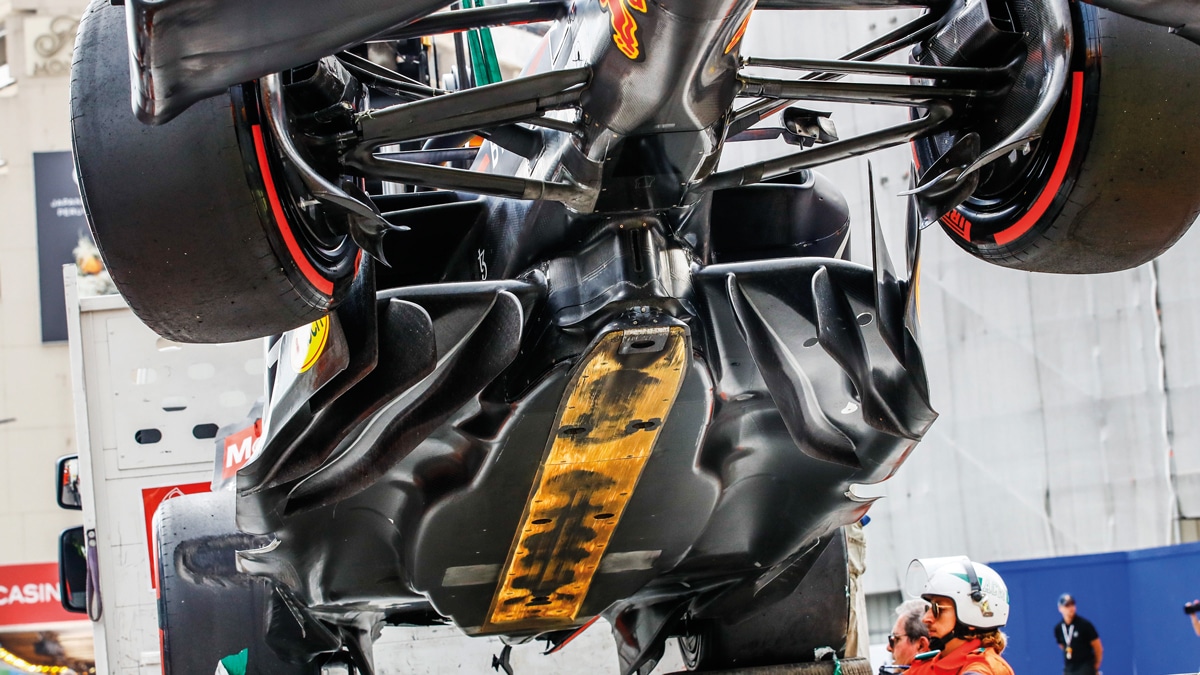
Some of Red Bull’s secrets spilled after Sergio Pérez’s crash at the 2022 Monaco Grand Prix
DPPI
By contrast, in trying to fix a flawed concept, Mercedes simply introduced a different range of problems to the year before. From a 2022 car which had a lot of unusable downforce because of a propensity to bounce, Mercedes took the same basic layout, introduced a new rear suspension and concentrated its aero map around the high ride heights seen in slow speed corners. It turned out to be far too conservative an approach, the W14 lacking rear grip in high-speed corners yet still with an unpleasantly unstable characteristic into slow corners. There was a small window of medium-speed corners where it worked quite well – such as those of the Hungaroring where Lewis Hamilton set pole – but otherwise it was an average of 0.3sec off the pace in qualifying and much more than that in the race. It was the first season in which Mercedes failed to win at least one race since 2011.
A new floor design for Austin gave Hamilton hope and he chased Verstappen in the race and might have won but for a strategy miscall. But he was later disqualified (along with Charles Leclerc’s Ferrari) for excessive underbody plank wear. Hamilton took third in the championship with an extra 30% of the points of team-mate George Russell, who although comparably quick, had a somewhat scrappy season with some key errors.
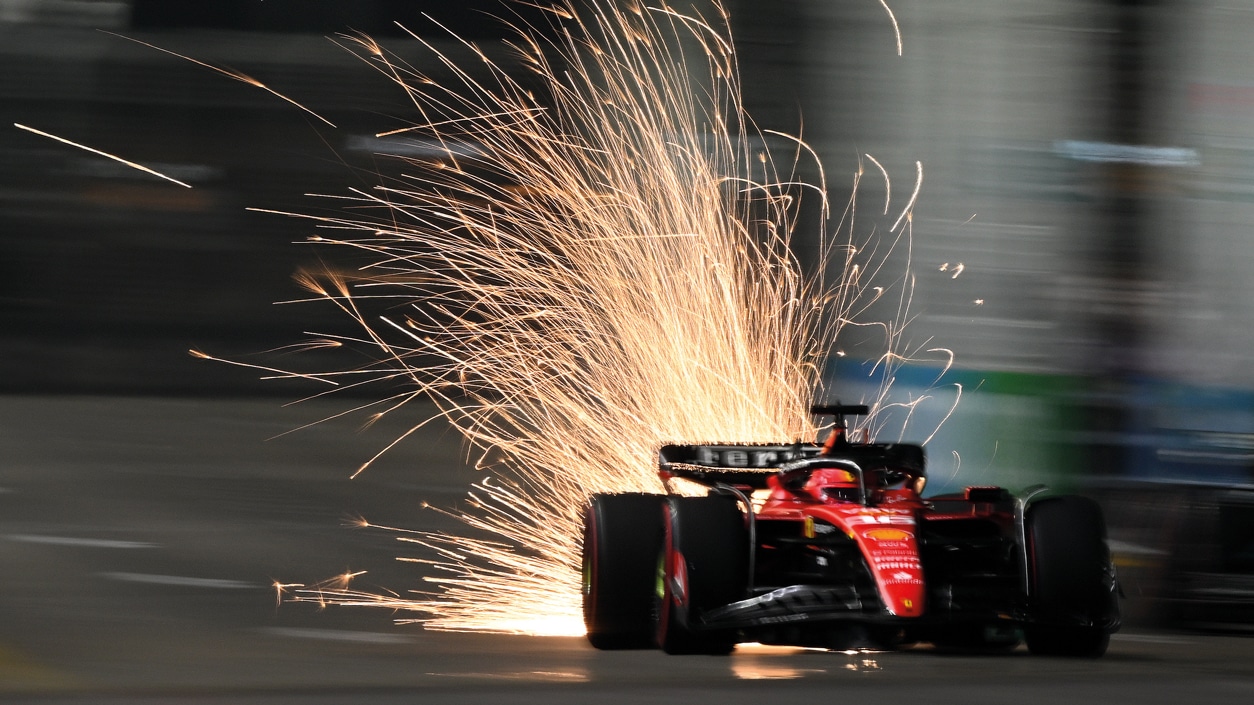
An incendiary display by Leclerc in qualifying at Singapore but the weekend belonged to Ferrari team-mate Carlos Sainz
Getty Images
Ferrari stayed with its distinctive ‘outwash’ bodywork, with big bluff sidepod fronts directing the airflow out away from the car (to be pulled in further back by the low-pressure area between the rear wheels) and providing a high-pressure area in front with which to control the front wheel wake. That was the theory and it had worked reasonably well in ’22. But there came a point where further development stalled. There simply wasn’t enough airflow to keep both the underbody and floor edges fed at high speed – and the car had a nasty habit of suddenly losing downforce at the rear in high-speed corners. Even Charles Leclerc, a driver very comfortable with oversteer, found it more than he could handle, pointing out that the grip loss was so sudden at such high speeds that it was difficult to drive it with full confidence. New tyre grip could usually mask the trait over a qualifying lap and the car remained extremely agile in slow corners. This in combination with the renewed vigour of its power unit – the ERS-H reliability problem of last year had been fixed – was enough to allow Leclerc to set four poles and Carlos Sainz two. But in the races it often gave its tyres a harder time than the Mercedes, and a far harder time than the Red Bull.
Into the second half of the season a Sainz-suggested set-up engineered-in a false understeer and both drivers found it gave them more confidence. With the car like this Sainz set consecutive poles at Monza and Singapore and won the latter, the only non-Red Bull victory of the season. A new floor one race later at Suzuka gave the car more benign aero traits, making the false understeer unnecessary and in this form Leclerc re-assumed his small edge over Sainz for the balance of the season. Only an unfortunately timed safety car cost Leclerc victory in the new Las Vegas Grand Prix, the penultimate race of the season.

From left: Red Bull wizards Christian Horner, Verstappen, Adrian Newey and Helmut Marko
Christian Horner, Verstappen, Adrian Newey and Helmut Marko
Both Mercedes and Ferrari have confirmed they are abandoning these concepts for their 2024 cars, each accepting that their initial responses to the challenge of the ground effect regulations was incorrect.
Even before the season began McLaren believed it had understood at least part of the previous year’s Red Bull concept. But too late to be incorporated into the car with which it began the season. The update to a more Red Bull-like underfloor and sidepod form came in two parts – at Baku in April and Austria in July – and thereafter the turnaround in the car’s performance was spectacular. Between there and the Japan/Austin upgrades for Ferrari and Mercedes, the McLaren was the second-fastest car after Red Bull. It could even occasionally push Verstappen for pole, although the Red Bull’s superior tyre usage invariably made race day beyond doubt. Lando Norris got the Silverstone crowd on its feet by leading the first few laps there and he delivered several fantastic performances in the latter half of the season, providing the most consistent – though ultimately thwarted – threat to Verstappen’s dominance.
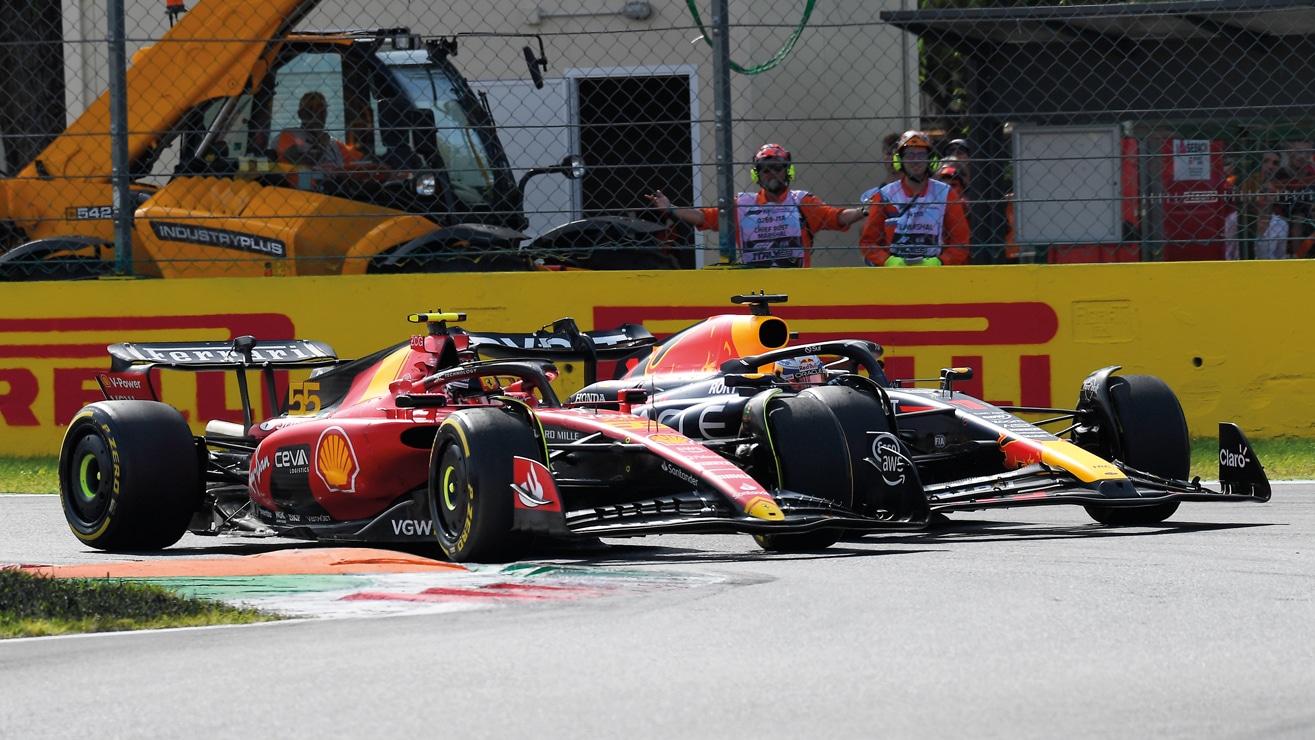
Max at Monza
Grand Prix Photo
Oscar Piastri’s performance as a rookie in the McLaren was occasionally sensational, never more than in qualifying on the front row on his first visit to Suzuka. He followed that up with victory from pole in the Qatar sprint race, having led the Spa sprint for a few laps some weeks earlier. But his adaptation to Pirelli-style racing was incomplete and he’d usually struggle to match Norris’s race pace as a consequence. The potential, however, looks off the scale and McLaren was quick to extend his contract for many years.
“Oscar Piastri’s performance as a rookie was occasionally sensational”
If there was a bigger sensation than the rookie Piastri or the scale of Verstappen’s dominance, then it was the early season form of Aston Martin and Fernando Alonso. For a few races at the beginning of the season they were best of the rest behind Verstappen and leaving the identically powered works Mercedes far behind. The Aston AMR23 – which was very Red Bull-like in its geometry and a step-change from its predecessor – allowed 42-year-old-Alonso to demonstrate he had lost nothing since his glory days. He was on the podium in four of the first five races, started from the front row in both Jeddah and Miami and he ensured Verstappen needed to drive to the extreme limit to deprive him of pole at Monaco. He was in victory contention on race day there and also delivered stunning performances in Montreal, Zandvoort and Interlagos. But the car lost its early season competitiveness after Barcelona. The step-change was big and sudden.
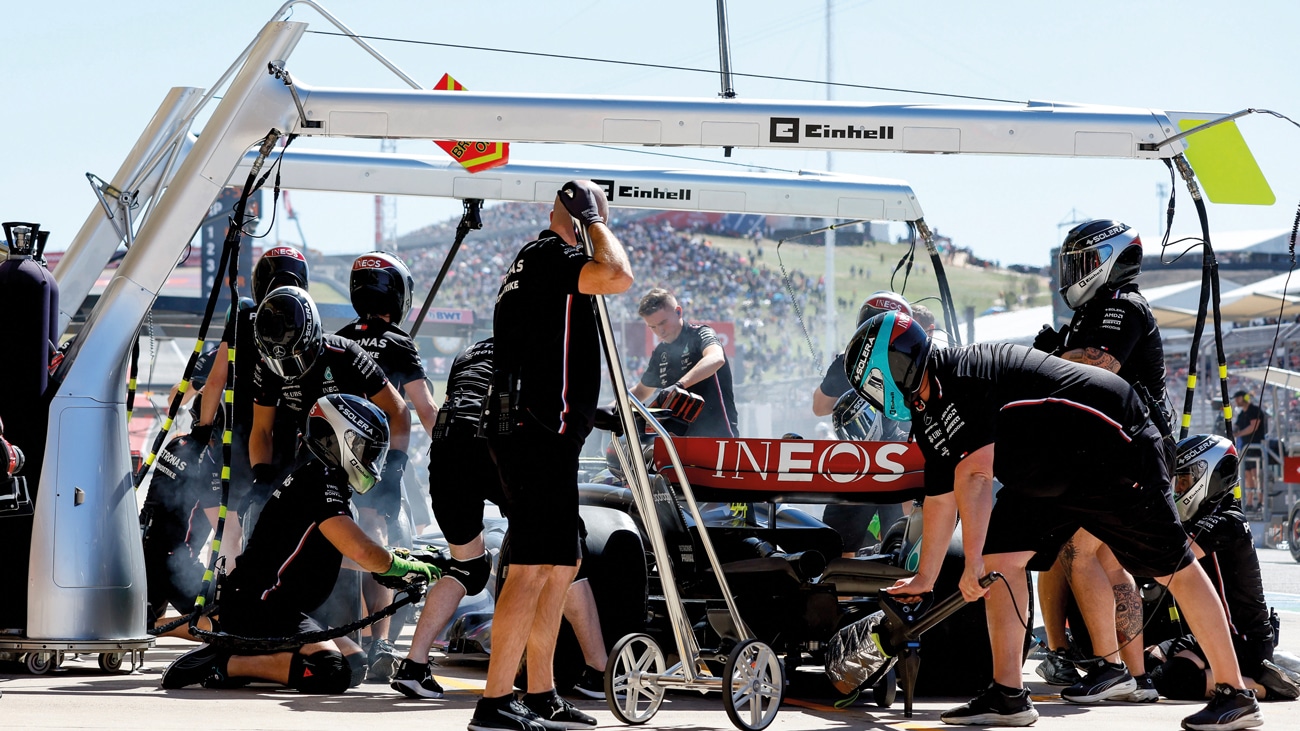
A first winless season for Mercedes since 2011
DPPI
There were suggestions – denied – that it had suffered from a clampdown by the FIA on front wing flexibility. Whatever the reason, it went from being better than Ferrari and Mercedes to around 0.25sec-0.3sec behind them. The exception was Alonso’s second in Montreal but that was on an unconventional track on a damp weekend. Generally, with its Montreal upgrade for the next few races, it was around the Q2/Q3 cut-off. Another new floor for Zandvoort reversed some of the changes made in Montreal and coincided with another great Alonso performance. But it didn’t hold good at subsequent tracks. A third major upgrade for Austin showed some promise, but not to the extent of returning the team to its early season form.
Lance Stroll began the season quite impressively, considering he’d broken his wrist a week before it began. But he could not get on with the car at all in its post-Spain form and only started regaining some form with the introduction of the Austin upgrade.

Oscar Piastri tastes victory in the Qatar sprint
Getty Images
At Alpine the gap between what the race team management had promised to Renault management and what was actually delivered – sixth in the constructors’ – led to something of a bloodbath. Team CEO Laurent Rossi, team principal Otmar Szafnauer, sporting director Alan Permane and engineering chief Pat Fry were all either moved, dismissed or chose to leave. The termination of Szafnauer’s and Permane’s employment was announced in the middle of the Belgian Grand Prix weekend. Luca de Meo, CEO of parent group Renault, was the one wielding the axe and he put Bruno Famin – previously heading up the power unit group in Viry – in charge of the combined Enstone/Viry operation.
Esteban Ocon and Pierre Gasly scored a podium each and were usually to be found at the Q2/Q3 cut-off part of the grid. The chassis was reckoned about 0.5sec off the pace, the power unit around the same – and the team’s request to the FIA for a ‘holiday’ from the engine freeze was turned down.
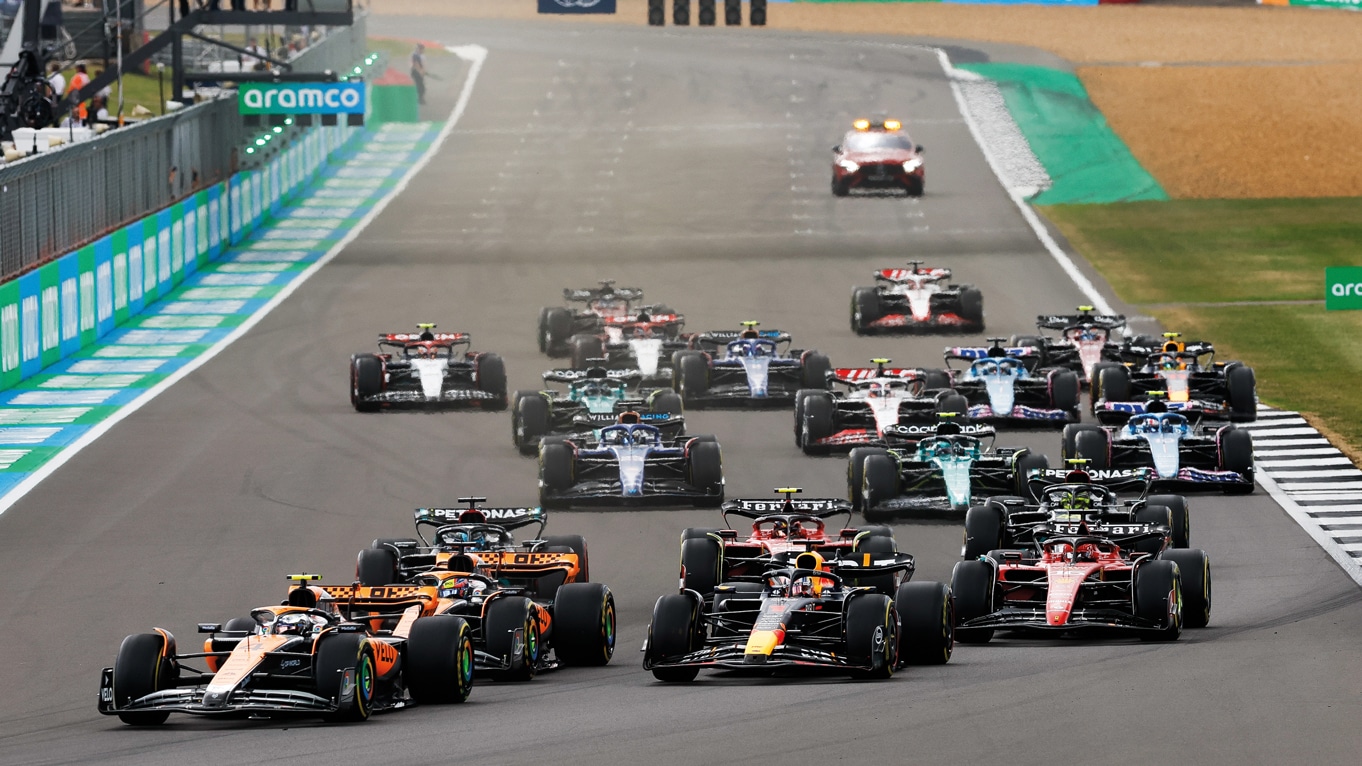
Norris was off to a flyer in the British Grand Prix, leading for the first four laps before a DRS-assisted pass by Verstappen
DPPI
The bottom four in the constructors championship – Williams, AlphaTauri, Alfa Romeo and Haas – were very closely matched in performance but with cars of quite different traits. Within this group Alex Albon was the stand-out performer in a Williams that was light on downforce but with good straight-line speed and balance. He delivered top-drawer racing and buttoned-down any opportunity for good points. Under new team principal James Vowles, and the committed backing of Dorilton, the team looks to be making progress.
“Daniel Ricciardo was usually slightly slower than Yuki Tsunoda”
AlphaTauri began the season with the slowest car, but ended it with the fifth-fastest. Rookie Nyck de Vries didn’t meet the exacting standards of Helmut Marko, paving the way for the return of Daniel Ricciardo who starred in qualifying at Mexico but was usually slightly slower than Yuki Tsunoda. After Ricciardo broke his hand at Zandvoort he was replaced for a few races by the impressive rookie Liam Lawson, who is now Red Bull’s official reserve.
In its final year with Alfa Romeo badging, Sauber endured a place-holder season as Audi gears up for its ’26 F1 debut with the team. In a re-run of 2019, Haas had a car which was occasionally quick in qualifying.
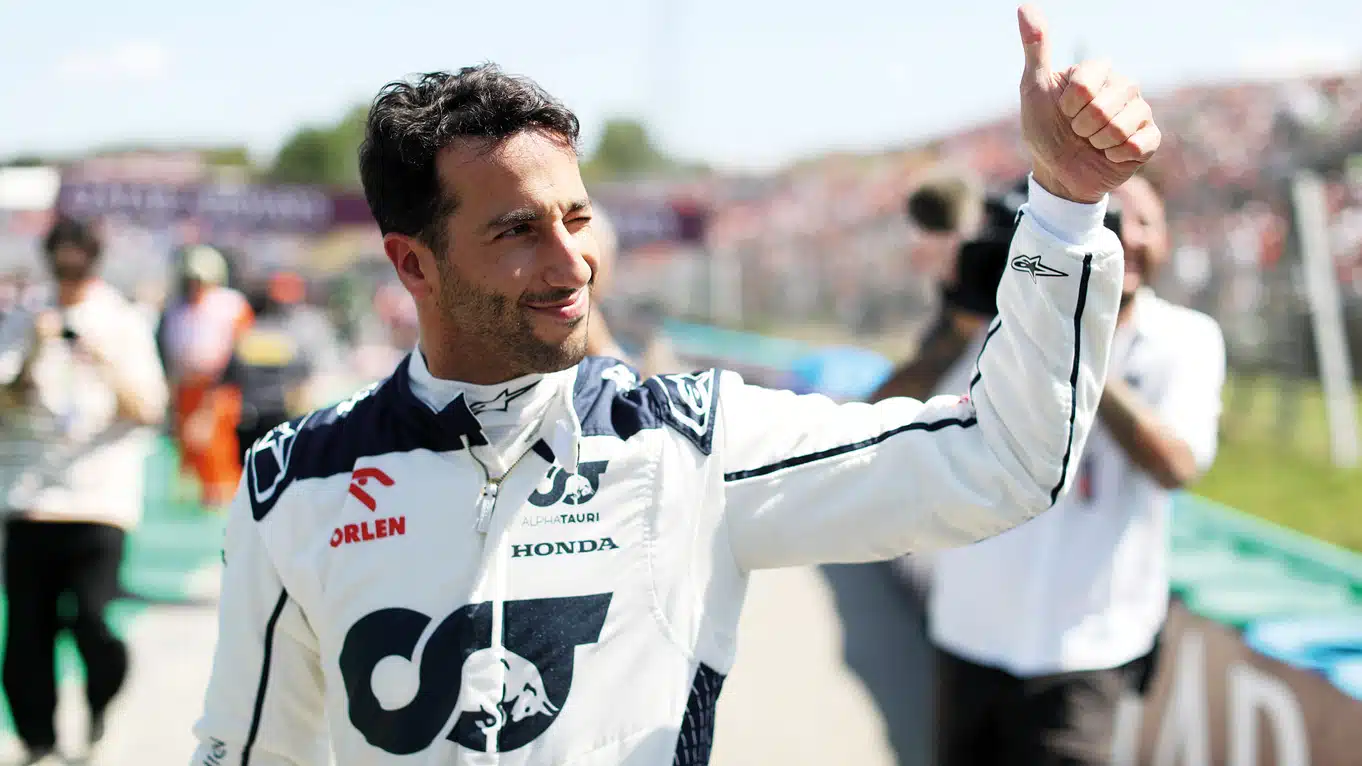
Daniel Ricciardo returned for seven GPs
Getty Images
F1 in the Liberty era marches onwards and its popularity has remained high despite the lack of variation on-track. The Vegas experiment – whereby F1 itself was the promoter and land owner for the facilities – worked well, with a spectacular race. The return of China beckons. South Korea wants back in, as does South Africa. The teams are making enough money to be either turning big profits or investing heavily (Aston Martin, Williams) – and want to keep out any late-comers to the party, such as Andretti. Meanwhile the relationship between Liberty and the FIA remains an uneasy one.
The F1 speed virus continues to mutate at an impressive rate.
Final standings
1 Max Verstappen RED BULL 575
2 Sergio Pérez RED BULL 285
3 Lewis Hamilton MERCEDES 234
4 Fernando Alonso ASTON MARTIN 206
5 Charles Leclerc FERRARI 206
6 Lando Norris McLAREN 205
7 Carlos Sainz FERRARI 200
8 George Russell MERCEDES 175
9 Oscar Piastri McLAREN 97
10 Lance Stroll ASTON MARTIN 74
11 Pierre Gasly ALPINE 62
12 Esteban Ocon ALPINE 58
13 Alexander Albon WILLIAMS 27
14 Yuki Tsunoda ALPHATAURI 17
15 Valtteri Bottas ALFA ROMEO 10
16 Nico Hülkenberg HAAS 9
17 Daniel Ricciardo ALPHATAURI 6
18 Zhou Guanyu ALFA ROMEO 6
19 Kevin Magnussen HAAS 3
20 Liam Lawson ALPHATAURI 2
21 Logan Sargeant WILLIAMS 1
22 Nyck de Vries ALPHATAURI 0
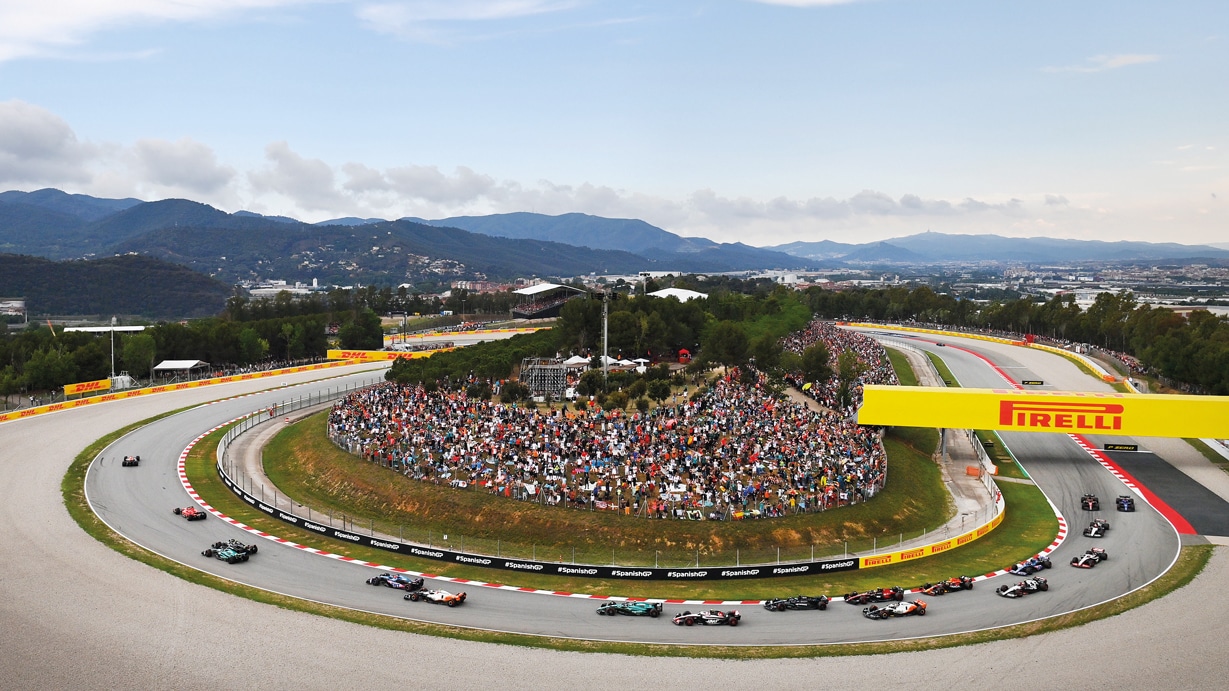
Despite Red Bull’s stranglehold on the standings, F1 remains a sport on the up with large crowds everywhere – including here in Spain
Getty Images
Top 10 drivers of the year
1. Max verstappen
He had the fastest car but there were times when its reluctance to generate instant front tyre temperature made qualifying it tricky. He invariably found a way, and that was fundamental to his domination of the season.
2. Charles Leclerc
Over one qualifying lap he is arguably faster than anyone. There were a few errors as he tried to use that ability to push to bridge the gap formed by the Ferrari’s limitations. But it’s part and parcel of the same thing.
3. Lando Norris
The McLaren remained a problem. It didn’t like slow corners, had to be tricked into good speed of rotation on corner entry, yet Norris masked those traits while exploiting its fast corner performance. Just waiting for the right car now.
4. Fernando Alonso
All the old qualities are still there in full. The amazing racecraft – his moves on lap 1 in Zandvoort or his mugging of Pérez in Brazil – and the relentless push was much in evidence.
5. Lewis Hamilton
With its slow corner instability and lack of high-speed grip, the W14 hardly ever gave Hamilton something to work with. When it did – in Hungary and Austin – he was the Hamilton of old.
6. Alex Albon
Albon has developed into a leader, Williams taking its cues from him in just the way it would an Alonso or Verstappen. He has moulded it around him and some of his defensive drives after over-qualifying the car were things of wonder.
7. George Russell
Every bit as quick as Hamilton over the season, he didn’t put his races together in as consistent a way. There were some scrappy errors in what was an untypical season for him.
8. Carlos Sainz
Good enough to push Leclerc hard, better than Leclerc at pulling a result out of the car when it was bad, good enough to set two consecutive poles and a win when it briefly had a balance he liked. Smart and combative.
9. Oscar Piastri
The peaks of this rookie were sensational – front row at Suzuka, win from pole in the sprint at Qatar. The troughs of empty data banks – mainly to do with understanding the Pirellis – are all that has him this far down. A future champ.
10. Pierre Gasly
Arriving in a new team after a tough apprenticeship, being placed along a strong incumbent team-mate, he eventually grinded himself ahead as more often the quicker driver in the latter part of the year.
 Yas Marina – Grand Prix Circuit
Yas Marina – Grand Prix Circuit
Select a year
Type
Permanent road course
Length
3.281 (Miles)
Change
Turn 6 bypassed, Turns 7 and 15-18 reprofiled, Turns 11-14 replaced by banked turn
Fastest Race Lap
Kevin Magnussen (Haas VF-24-Ferrari), 1m25.637, 137.927 mph, F1, 2024
Fastest Qualifying Lap
Max Verstappen (Red Bull RB16B-Honda), 1m22.109, 151.307 mph, F1, 2021
